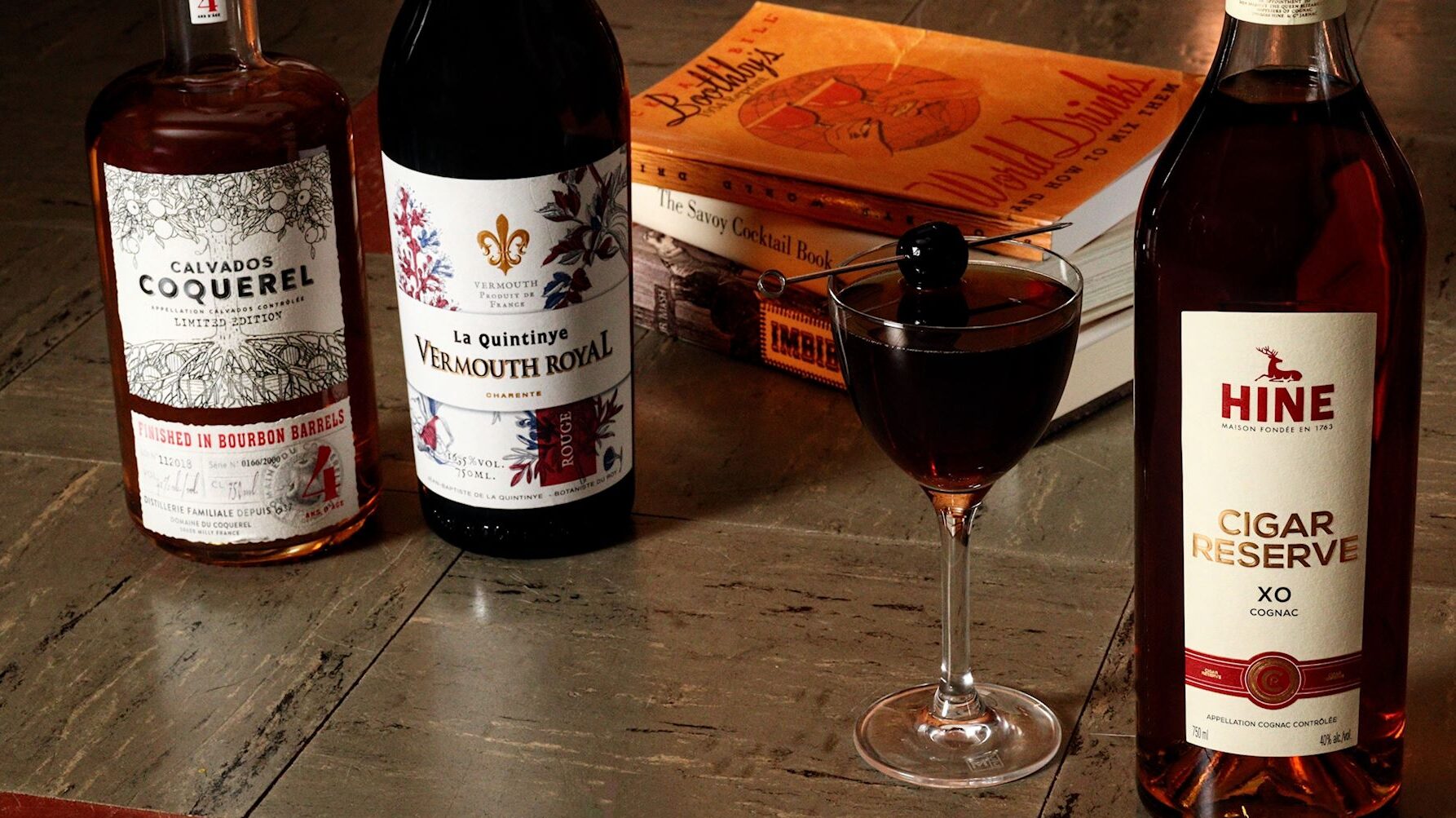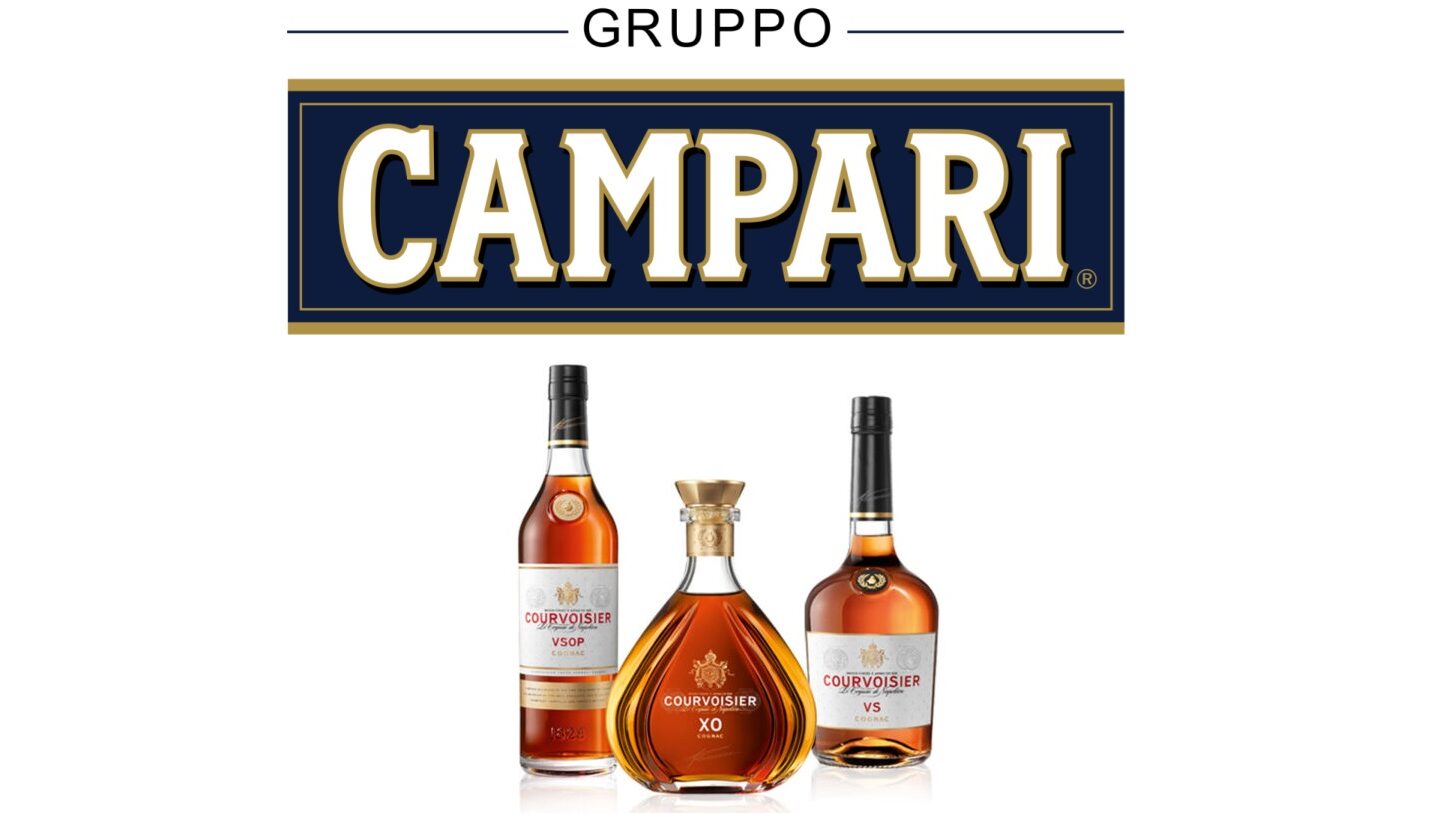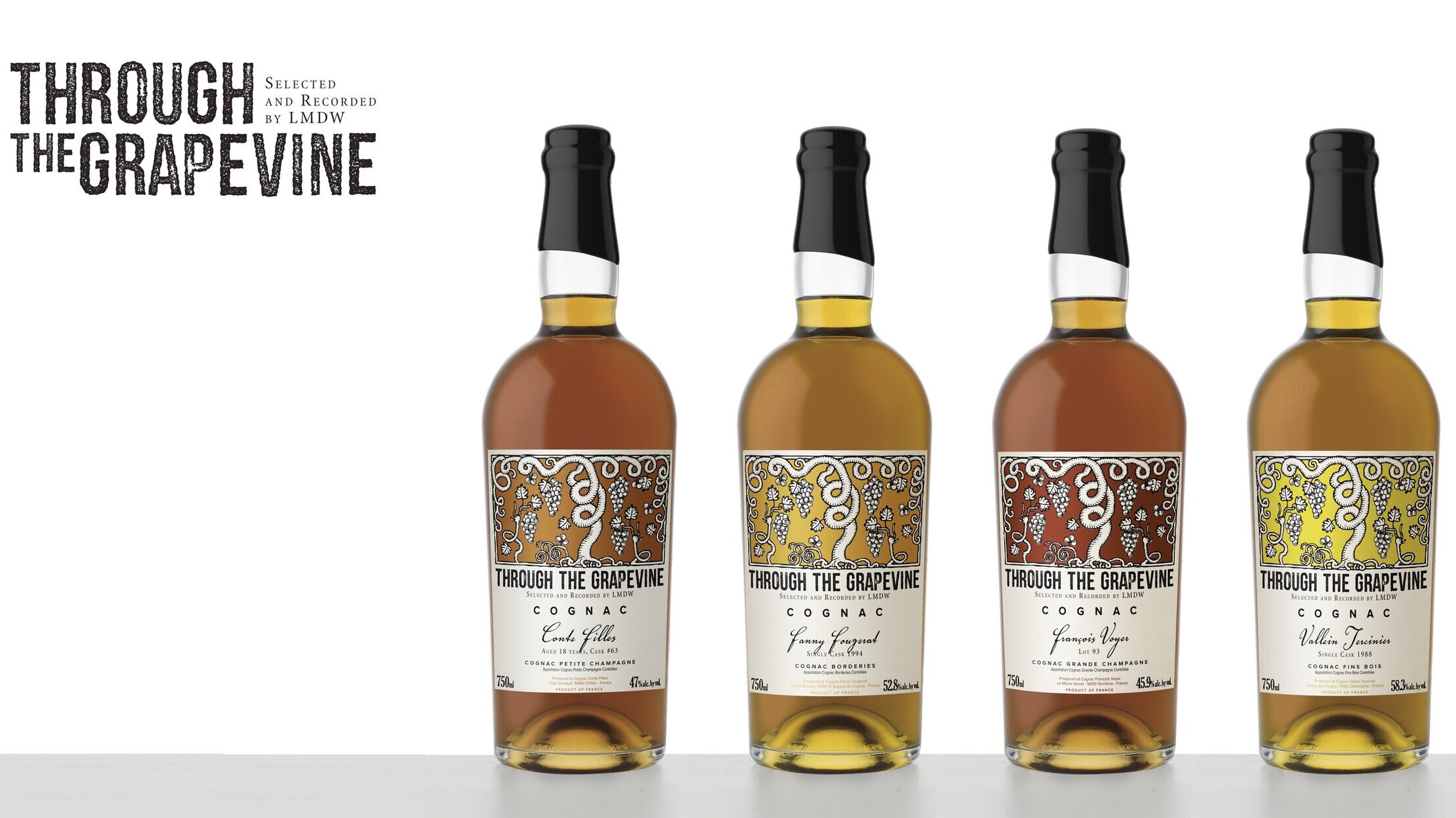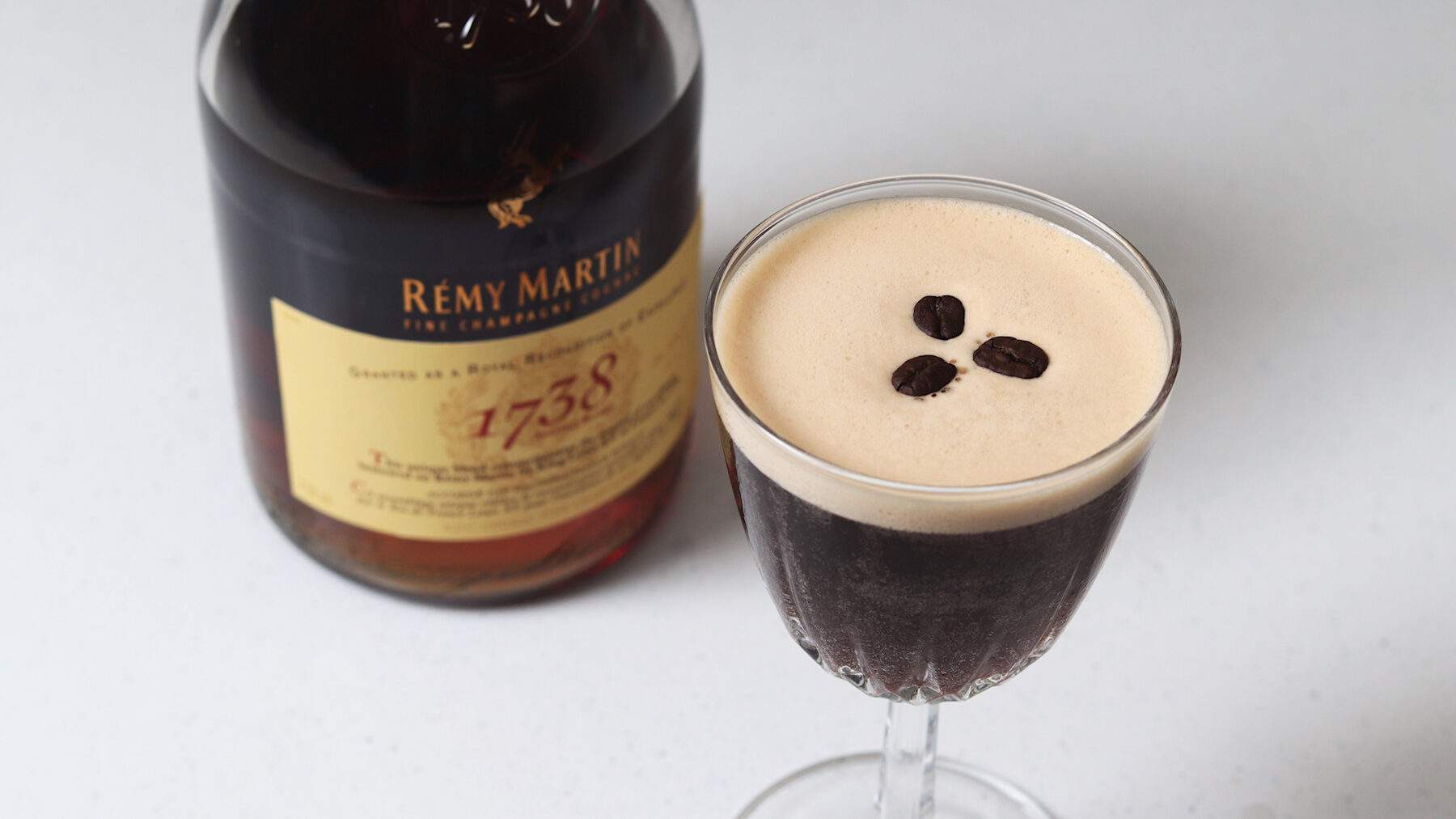Many people can attest to having perhaps one too many cocktails the previous night. It happens to the best of us. While in the moment of merriment and ignorance, everything seems fine. And then we wake up in the morning with that very familiar feeling of haziness and perhaps regret. There are home remedies abound to cure your pain and everyone knows one or two that they swear by. However, one of these cures, if we can even call it that, isn’t exactly the most health conscious, but certainly is popular: having another drink.
This method, commonly referred to as “hair of the dog,” has been around as long as alcohol has. It was so popular in the mid-1800’s and onwards that there were entire drink categories created just for that purpose. These class of beverages I’m referring to were called such things as an “eye opener,” “morning glory,” “bracer,” or in the case we’re looking at with this article, a “corpse reviver.”
Getting Revived
The corpse reviver category of drinks is jokily supposed to hold characteristics that are potent enough to revive a dead person. The first mention of this style of cocktail in literature was somewhere in the mid-1860’s and referred to the mixing of brandy, maraschino, and bitters. If you’re a cocktail enthusiast, you’ve probably heard of the most popular cocktail in this family, the Corpse Reviver No. 2. It contains equal parts of gin, lemon juice, orange curacao, and Kina Lillet with just a bit of absinthe. It’s a wonderful cocktail. But being the No. 2, one should ask, “what’s the No. 1?”
The Corpse Reviver No. 1 was first printed in Harry Craddock’s ‘The Savoy Cocktail Book’ in 1930. It contains cognac, apple brandy, and sweet vermouth. Specifically, two parts cognac to one part each of the other ingredients. While no one specifically has been credited with its creation, sources point towards Frank Meier who managed the Ritz Bar in Paris during this time period. In Craddock’s book, he lists the recipe and follows it with, “To be taken before 11am, or whenever steam and energy are needed.” If you’re thinking that this booze heavy cocktail doesn’t seem like a good idea first thing in the morning, I would agree with you. Maybe as a nightcap. Chances are this cocktail would be putting you out rather than waking you up.
Regardless of the time of day you choose to enjoy your Corpse Reviver No. 1, it has been overlooked for quite some time. In my tenure as a bartender, I don’t believe I’ve made this drink more than a handful of times. And that was also only because I suggested it. Never have I made one ordered by name. It falls into that obscure classic cocktail realm, but it kind of makes sense as to why.
Not Great Branding
The name doesn’t match the function. The Corpse Reviver No. 2 does a much better job at reviving the drinker, if you will. It’s light, effervescent, and bright. The No. 1 is not. Another possible explanation is that when the No. 1 was created, people had a much better knowledge of what brandy is. Today, even though cognac is on the rise in America, when guests see ‘brandy’ on the menu, there’s a level of intimidation or confusion. The Corpse Reviver No. 1 is most definitely a Manhattan variation and those are incredibly popular. And yet still, the majority of bar patrons, from my experience, would rather play it safe with a whiskey based drink then be explained to by the bartender about not one, but two different brandies in one cocktail.
Even though this drink could do with a bit of rebranding, it’s still an excellent one that represents a moment in history. Recently, PUNCH talked to Frank Caiafa, the bar manager at the Waldorf Astoria’s bar Peacock Alley and author of ‘The Waldorf Astoria Bar Book.’ Among the topics discussed, Caiafa mentions how this cocktail was a great representation of the 1930’s London cocktail scene. The British have long been huge cognac fans, and Manhattan-esque drinks and variations were very much in style at this time. The Corpse Reviver No. 1 would have fit in perfectly. It’s just unfortunate that it was lost in time.
The below recipe is how I think the Corpse Reviver No. 1 works best. Obviously, you can sub out different ingredients to your liking, but this one is pretty darn tasty!
• • • • •
Cognac

I’ll come right out and say that cognac purists are going to hate this. If you’re one of them, please avert your eyes. Ready? Okay. You should use an XO cognac in this cocktail. While many people feel using a cognac of that high quality in a cocktail is blasphemy, I wholly disagree. That is, depending on the application.
For a cocktail like this, the rich depth and complexity found in many XO’s is perfect here. You’ll want some with a lot of body and either heavy on barrel spice or earthy qualities. Bonus points if it’s over 40% ABV. If you’re able to acquire a cigar blend cognac, that would be a great choice as they almost always hit all those notes we’re looking for here. I’m using Hine Cigar Reserve XO today, but Park XO Cigar Blend, A.E. Dor XO Réserve Cigar, or Chateau de Montifaud Napoléon Special Cigare would be outstanding alternatives.
Apple Brandy
Listed in the original recipe was ‘apple brandy.’ That’s great because when I think apple, I think Calvados. And there’s nothing better than using a bit of the Normandie spirit in a cocktail. Being a cognac blog, I won’t get too nerdy with you about your selection of Calvados, but you should be using something a bit on the younger side. Really vibrant and youthful is what we want.
It may sound odd since we’re choosing a cognac with ample age on it, but the contrast is quite pleasing. Trust me! A four to six year is probably what we’re looking for in our apple brandy component. I’ve grabbed a bottle of the Coquerel Bourbon Barrel Cask Finish aged at four years. Coquerel is an absolutely wonderful producer whom I appreciate very much for their innovation. If you’re looking for something that’s not a limited release (I know, I picked an obscure one), try the standard Coquerel VSOP, Chateau Du Breuil VSOP, or Montreuil Reserve.
Sweet Vermouth
We need to choose something not really aggressive for this. Both the cognac and, to some extent, the calvados, will have big flavors in this drink. The sweet vermouth can’t overpower it all like a Carpano Antica and the like might do. Luckily, my favorite sweet vermouth out there fits that role. How convenient!
La Quintinye does exactly what I need it to here. It offers a medium bodied palate with a juiciness of red fruits. This vermouth comes from the Charentes region and is made with cognac grapes. As you might have heard before, “things that grow together go together.” This can also be very true for spirits, modifiers, and liqueurs. No La Quintinye? Dolin Rouge works nicely.
Bitters
The original recipe does not include bitters. You can omit them if you’d like. But when Frank Caiafa was talking about his preferred method to the Corpse Reviver No. 1, he mentioned some orange bitters was a nice touch. I must say that was a great move to tie it all together. Just two dashes are all you need.
Garnish
Again, originally there was no garnish. And that’s totally fine. I like the idea of nothing sitting on this cocktail. However, if you go the orange bitters route, an orange twist makes sense. But because we’ve created this wonderful drink with an XO cognac, I want that to shine. Citrus oils can get in the way of that in the first few sips. My solution is to treat this like a Manhattan. Give me a cherry, please.
The Recipe
1.5 oz XO cognac
.75 oz Calvados
.75 oz sweet vermouth
2 dashes orange bitters
Add all ingredients to a mixing glass and stir with ice until diluted. Strain the cocktail into a Nick & Nora glass and garnish with a brandied cherry.





